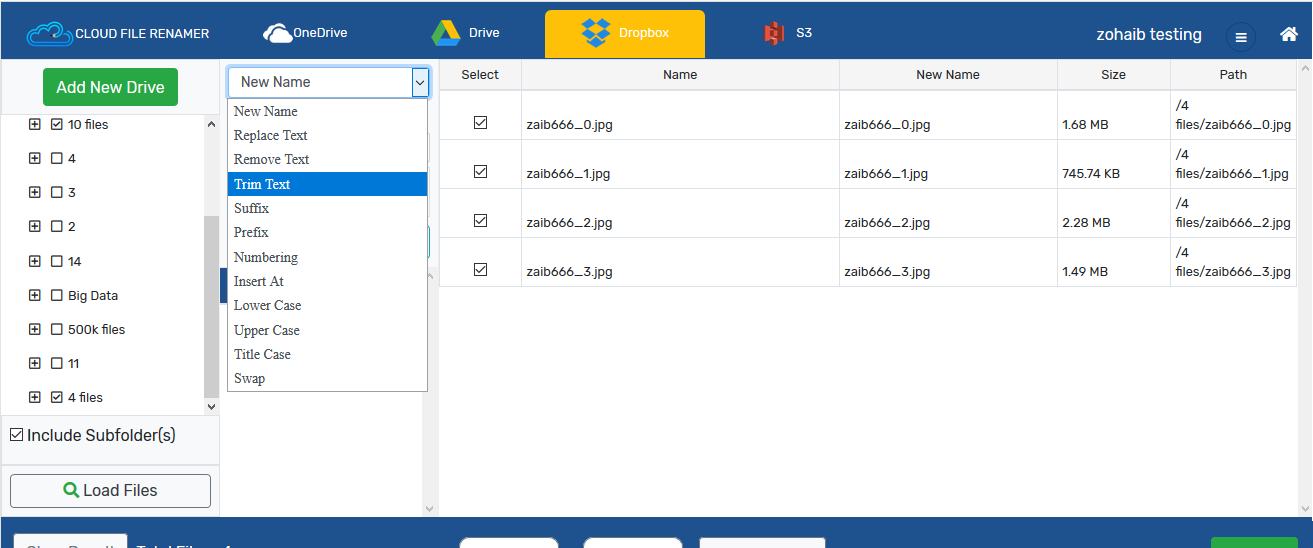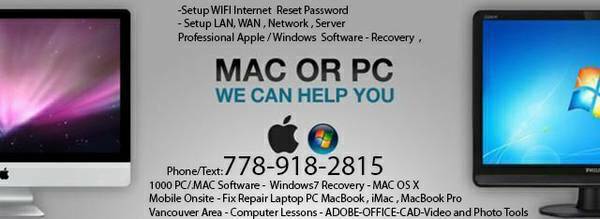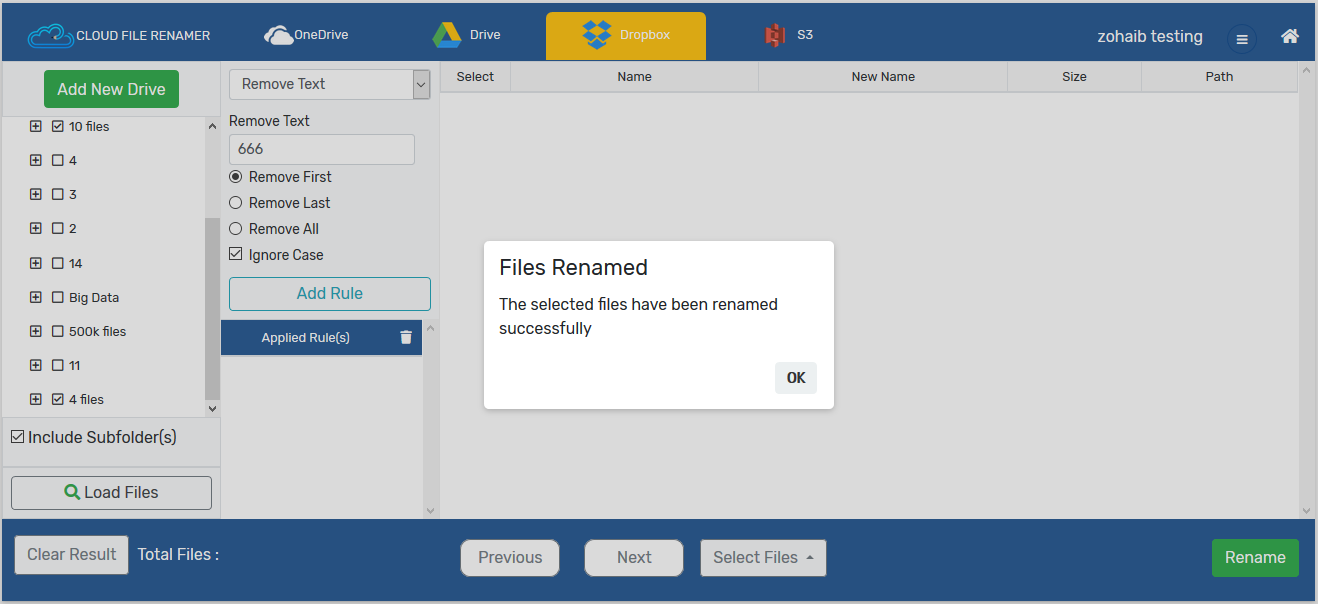

These are some items you should not rename:Īpp folders and any items that came with your system, such as the Library folder. Enter a name in the Custom Format field, then enter the number you want to start with. Replace text: Enter the text you want to remove in the Find field, then enter the text you want to add in the “Replace with” field.Īdd text: Enter the text you want to add in the field, then choose to add the text before or after the current name.įormat: Choose a name format for the files, then choose to put the index, counter or date before or after the name. In the pop-up menu below Rename Finder Items, choose to replace text in the names, add text to the names or change the name format. On your Mac, select the items, then Control-click one of them.
#FILE RENAMER FOR MAC TO MAKE ACCESSIBLE ON PC INSTALL#
Install and reinstall apps from the App Store.This tool can do everything from renaming files based on their audio tags, inserting a date and time, numbering files, performing a search and replace, making text uppercase or lowercase, inserting or deleting characters at a specific position in the file name, and so on. To access it, select some files in Thunar, right-click them, and click Rename. The Xfce desktop and its Thunar file manager has an easy-to-use, powerful bulk rename tool built into it. For example, if you enter Photo # From My Vacation.jpg, you’ll get files named “Photo 1 From My Vacation.jpg,” “Photo 2 From My Vacation.jpg,” and so on.

The # symbol will be replaced by a sequential number for each file name. Enter a base name for the files, including the # symbol somewhere in it. Select multiple files, right-click them, and select Rename or press F2. It works like the batch rename feature on Windows. If you’re using a KDE desktop, the standard Dolphin file manager does have this integrated. Some Linux desktop environments come with an integrated batch-renaming tool, and some don’t. The Nautilus file manager used by Ubuntu’s Unity desktop and GNOME doesn’t have this feature built-in. RELATED: Linux Users Have a Choice: 8 Linux Desktop Environments You’ll see a preview of the resulting file name appear below the Rename dialog, so you can see exactly how the files will be named. This may sound a bit complicated, but it’s not too bad. You could also use the file’s associated date instead of a number. The number or date can appear before or after the base name. This works similar to the equivalent renaming feature on Windows. You can “format” file names, using a base name and a number.
You can add the text either before or after the name. Add Text: This option allows you to add some text to each file name.For example, you could replace the words “My Vacation” with “Paris Trip.” Or you could search for a bit of text and replace it with nothing at all, snipping that bit of text out of every file name.

Enter text you want to find and the text you want to replace it with. Replace Text: This option lets you perform a search and replace in the selected files’ names.You’ll see a Rename dialog where you can choose between three options. Here’s what they do: To get started, select the files you want to rename in the Finder, Ctrl-click or right-click them, and select Rename items.


 0 kommentar(er)
0 kommentar(er)
